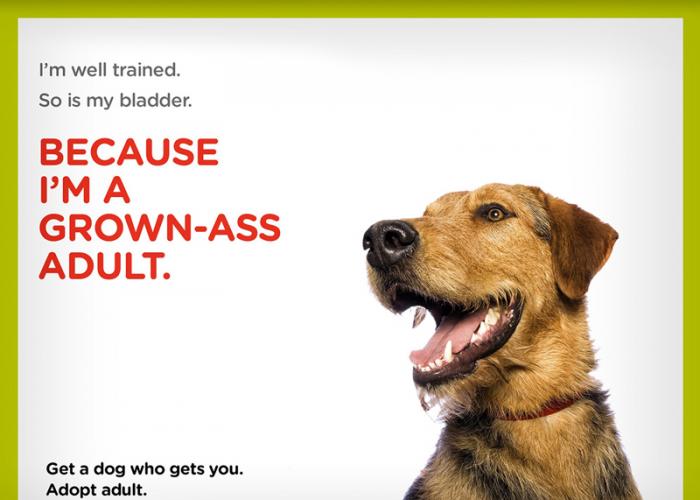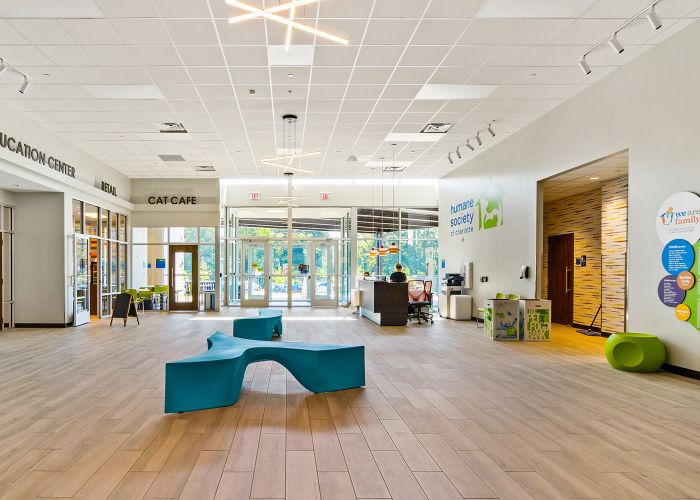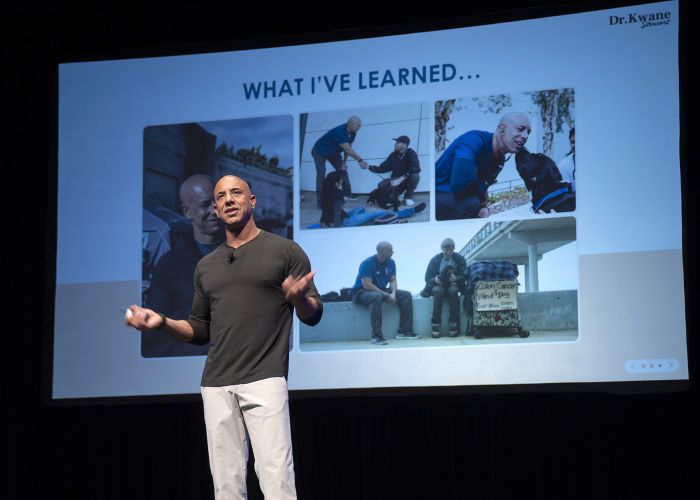Million-dollar question
Broad collaboration makes powerful use of bequest dollars
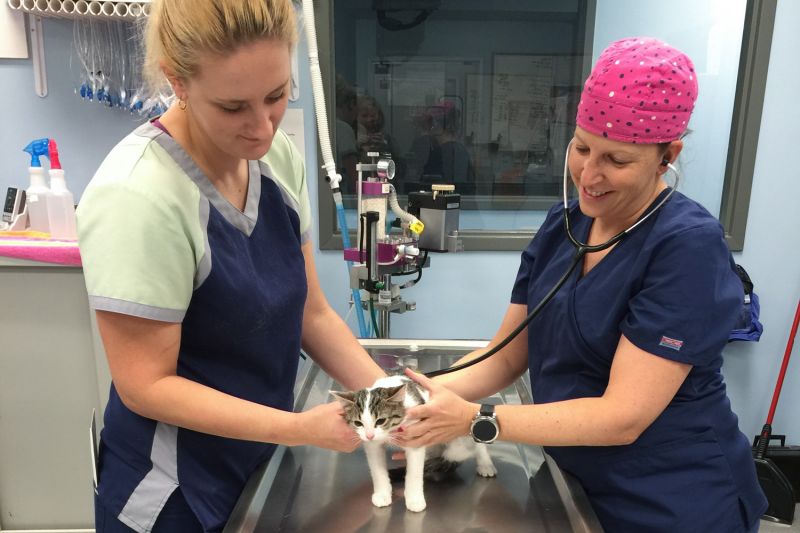
In 2015, a wealthy benefactor quietly bequeathed $80 million to Cincinnati, Ohio, cats.
Deborah Cribbs, an investment executive at Fifth Third Private Bank, is one of the bankers hand-picked to distribute the mind-boggling amount through the Joanie Bernard Foundation. She will share only this: The foundation’s namesake “lived in Cincinnati her whole life, and her love in life was cats.”
Bernard had stipulated that the funds must go to “no-kill” organizations within 100 miles of Cincinnati. With no sheltering experience, the foundation’s board initially gifted grants to local feline welfare groups and projects, rather than open-admission shelters, but quickly realized it was simply too much money to spend wisely in this way alone.
“Our mission, understanding her interest, became more than just caring for cats in the Cincinnati area and more about solving the problem for cats in the Cincinnati area,” which was that too many were being euthanized, says Cribbs.
As a self-described “bunch of bankers,” Cribbs says she and the others were able to look at the problem from a more detached perspective: “Why are cats being killed? Now, that was a big question.”
Luckily for the board, someone already had the answer. When Cribbs attended an animal welfare conference in Dayton, she heard Rob DuCharme of Target Zero, a shelter mentoring initiative, speak on humane community cat management. She immediately knew she’d found a practical solution to a very emotional problem.
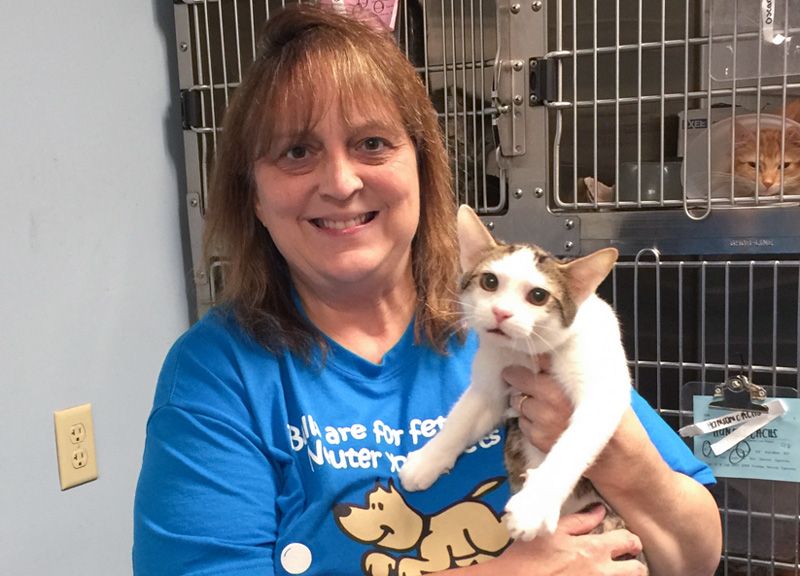
In the past, community cats brought to shelters were typically euthanized; these days, many organizations practice shelter-neuter-return (also known as return-to-field) and trap-neuter-return, sterilizing and returning community cats to their home territories. When used in a targeted, methodical way, the approach can humanely reduce outdoor cat populations and shelter intake and is a large component of what Target Zero considers sheltering best practices.
From a business perspective, “we don’t gotta invent the wheel; we use the wheel,” says Cribbs, referring to Target Zero’s methodical approaches to increasing shelter save rates. “So we’re using [Target Zero’s] wheel.”
“Your donor dollars can then provide sustainable resolution instead of just keeping shelters on a hamster wheel. ... The goal is to help them be self-sustainable.”
—Sara Pizano, veterinarian
Across the aisle
Once they got wind of a “gargantuan foundation” for cats, animal welfare strategist and veterinarian Sara Pizano, then with Target Zero, and animal welfare adviser Cameron Moore assessed shelters in the Northern Kentucky Area Development District, just across the Ohio state border.
They found that within the district’s eight counties and the four (out of eight) shelters that accepted cats, a total of 5,188 cats entered the shelters and 3,422 were euthanized in 2014—in other words, the live-release rate for cats was just 34 percent.
Coupled with Target Zero’s mentoring and methodology, the foundation’s funding could potentially save thousands of lives. But the foundation—per Bernard’s directive and the tax laws surrounding private foundations and nonprofits— couldn’t give money to shelters directly. So Pizano, who has since founded animal welfare consulting firm Team Shelter USA, approached the nonprofit arm of NKADD. At the time, it had only funded social services projects.
Pizano presented the district’s shelter intake “as the social justice issue that it is,” she says, noting that high intake numbers are often linked to poverty and lack of access to pet care services. “We have so many social issues that demand our attention. This is one that we can solve.” Pizano says that with the support of “a cat person” on staff, NKADD agreed to accept and administer a $500,000 grant from the Joanie Bernard Foundation, divided between the eight counties. Ten percent of the grant would go to overall equipment needs, like humane traps and feral cat dens, and the rest would go toward reimbursing spay/neuter providers.
Once they got the green light, Target Zero and shelter directors identified and reached out to high-volume spay/neuter clinics and private veterinary clinics in the district. Four private clinics, plus the Humane Society of Oldman County, United Coalition for Animals and Ohio Alleycat Resource & Spay/Neuter Clinic, agreed to provide spay/neuter, medication and vaccines for $65 per cat. Each month, clinics would invoice NKADD for service costs, and the nonprofit would reimburse the funds.
Three counties had ordinances that would restrict a shelter-neuter-return approach in some way, such as stray holds and leash laws. But when she’s working with local governments, Pizano says she asks municipal leaders two questions: “I ask them if they want to be fiscally responsible, and I ask them if they want their constituents to be happy. So, of course, they’re going to say yes. … The truth is, effective TNR and SNR eliminate cat complaints.” All three counties passed ordinance revisions within two months.
Cribbs threw down a final gauntlet: She wanted to see everyone involved, in person, before committing the foundation’s funds to the out-of-the-box project. The demand seemed unlikely to come to fruition, but Cribbs says one of the most instrumental shelter leaders was Beckey Reiter, the former director of Boone County Animal Care and Control and current director of Kenton County Animal Shelter, who “was rattling any cage she could” to get area leaders on board with the collaboration.
“In 2011, I had a seasoned vet tech walk into my office in tears. She had euthanized 42 kittens and she could not face another day, another kitten season,” says Reiter in a video testimonial. “We were pulling cats in and euthanizing, and we were just getting more and more kittens every year,” adds Boone County animal control director Colleen Bray.
A month later, shelter directors, NKADD administrators, county lawmakers, local animal welfare nonprofits and private veterinarians gathered in Kentucky. It was the end of 2015—and it was time to save some cats.
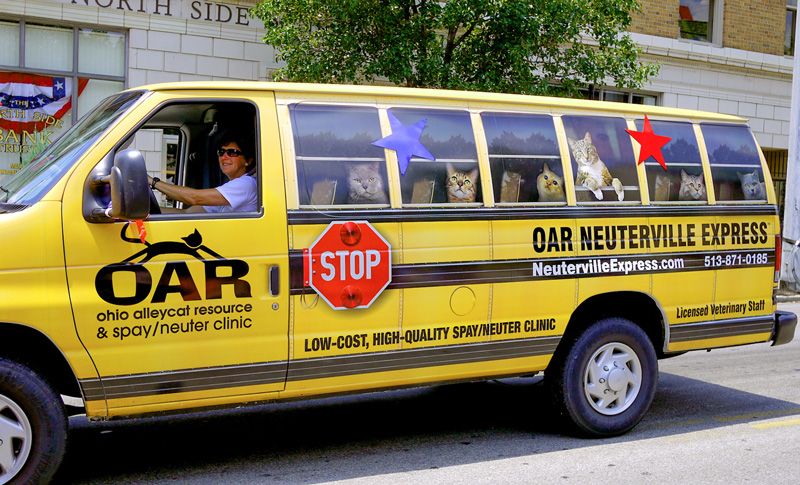
Using the wheel
The board funded the initiative on the condition that the shelters handling cats in the district—located in Kenton, Boone, Campbell and Grant counties—would implement Target Zero’s best practices and provide quarterly progress reports. Program best practices include supporting pet owners and finding alternatives to shelter surrender, ensuring access to lowcost spay/neuter and strategically targeting spay/neuter efforts to decrease intake.
“These grants were written with the program design as a requirement. My message for funders is you have an amazing opportunity, an obligation and a responsibility to require effective program design when you give money. When you do that, your donor dollars can then provide sustainable resolution instead of just keeping shelters on a hamster wheel,” says Pizano, who spent months mentoring shelter leaders one-on-one. “The goal is to help them be self-sustainable.”
Bray worked as an ACO at the Boone County shelter in the ’90s, briefly left the field and returned in 2010. Boone County had already started practicing TNR, but the new program “was affirmation that the direction that we were going was a positive direction.” Calling the foundation’s funding “a huge relief,” she says it allowed the shelter to funnel its budget into other lifesaving efforts, such as treatment for heartworm-positive dogs.
Within two months, three county shelters reached a 90-percent save rate for cats, and the remaining shelter reached 81 percent, says Pizano. Comparing 2014 to 2016, cat intake at the four shelters decreased by 27 percent overall, the number of cats euthanized decreased by 88 percent overall and the save rate for cats increased by 46 percent overall. In 2017 alone, over 8,000 cats were sterilized through the program.
Since its first foray into TNR, Boone County has witnessed a steady decrease year after year in its kitten intake numbers. Bray says once you have statistics to back up the approach, convincing staffers, the public and local government to support it is easy.
“People have really embraced it. The very next spring [after TNR] … you have less disease, there’s less spraying, there’s less yowling, all those bad behaviors that drive people crazy. The very next spring, this magic happens.”
The foundation awarded the district a second grant at the end of 2017. Since then, in the first quarter of 2018, all four shelters reported a live-release rate of over 90 percent. Pizano hopes to increase the number of service providers in the area and help shelter directors find sustainable program funding moving forward. The Joanie Bernard Foundation has now committed to fund a similar program in Louisville, Kentucky, and continues to fund feline spay/neuter transport and PSAs.
“We’ve gone through so much change in such a quick amount of time,” says Bray. “It’s brought all of the municipal shelters [together], really secured this bond that we can do things cumulatively and get a lot more done. We’re in this tight-knit little community. It makes it a lot easier when constituents are being told a similar thing. If we all have the same message, everything else is so easy.”
“We often say how thrilled Joanie would be if she knew the impact that her money is having,” says Cribbs. “But we also recognize she could not have envisioned quite the level of work that we’re doing, because we had only just begun when she died. At that point we were more putting [on] Band-Aids.
“Sadly, it was only after her death that we realized we can do more than Band- Aids here: We can solve the problem. She would be delighted and very proud.”


